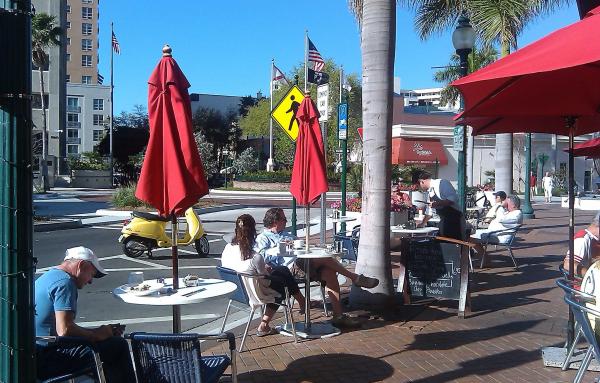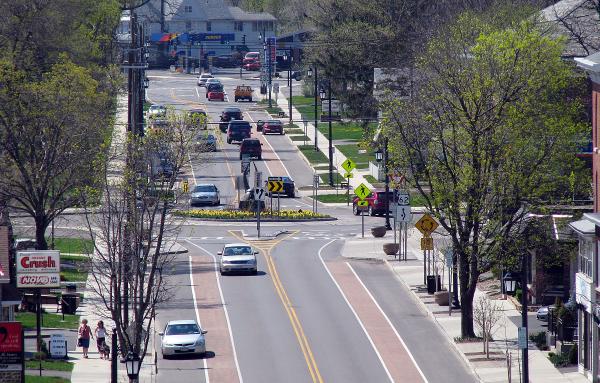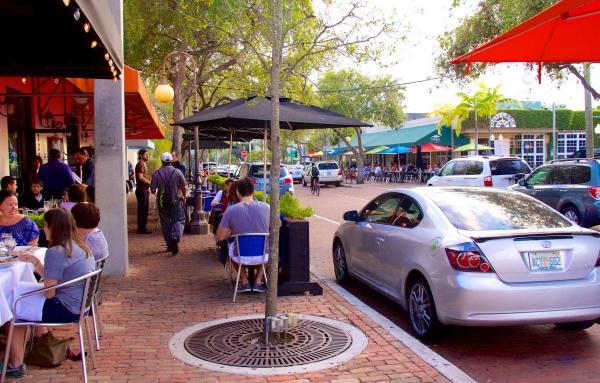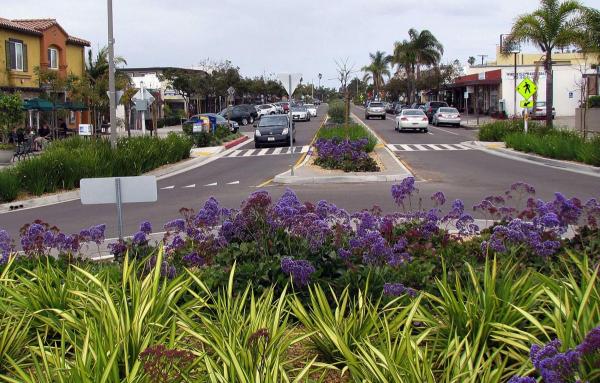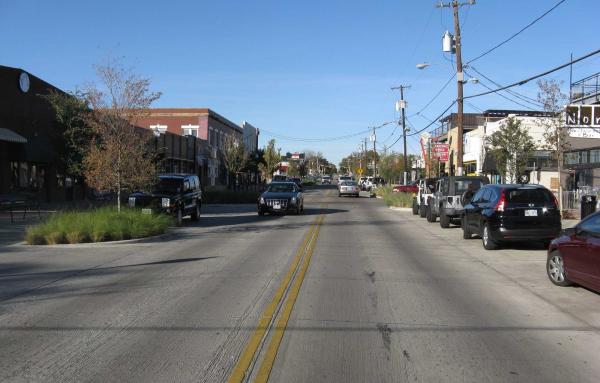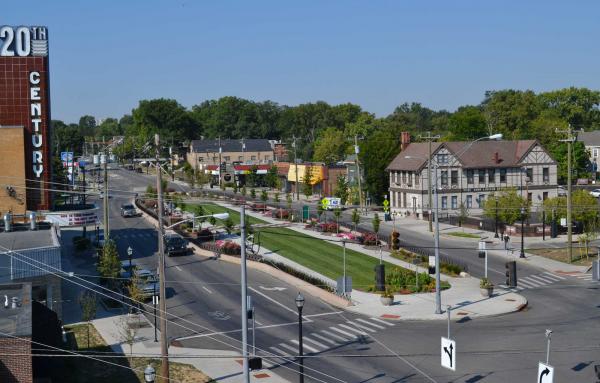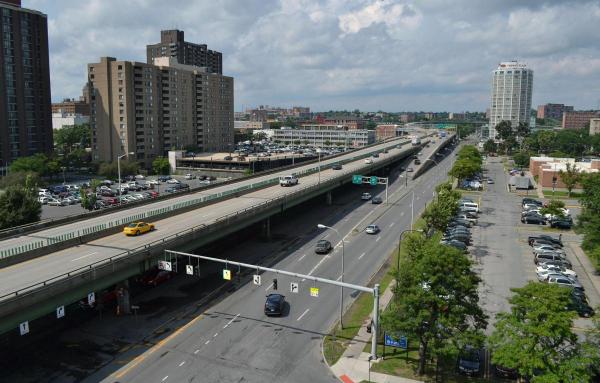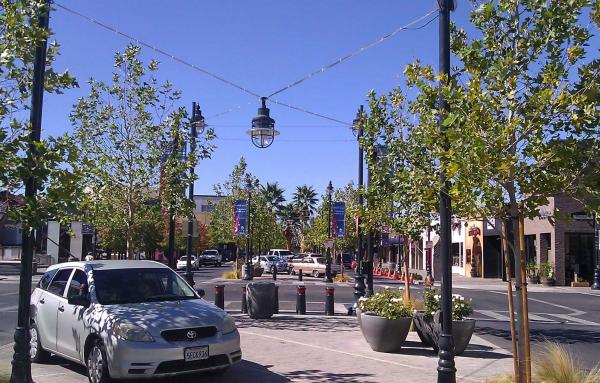Transportation
Well-designed urban roundabouts solve traffic delay problems while slashing the kinetic energy of motor vehicles in intersections, improving safety and allowing for placemaking.
Autonomous vehicles (AVs) will likely be one of the most transformative and disruptive technologies ever introduced. The technology brings the potential to make great progress in the following areas:
A pedestrian fatality spurred a transformation of a thoroughfare in Raleigh, linking a college campus to neighborhoods.
Roundabouts and reductions in lane widths helped to restore civic life along a US highway in a western New York village.
South Miami, Florida, has completely transformed since 2000—largely following the context-sensitive transformation of its main street.
Why street design has not kept pace with automotive safety improvements, and what you can do about it.
A breakthrough design on La Jolla Boulevard in San Diego cuts crashes by 90 percent and gives local business a shot in the arm.
Streetscape improvements have helped bring back an 18-hour-a-day character to the corridor. Crime has dropped and property values have risen.
An esplanade park at the center of a Cincinnati neighborhood had been whittled away. Returned to its former glory, the square has revitalized business and boosted safety.
A tunnel would cost nearly three times as much as converting the aging I-81 in Syracuse to a boulevard—as suggested by CNU's Freeways Without Futures report.
Lancaster, California, has lit the local economy and secured a social heart with one transformative street project.
Here's a playbook for municipal leaders and citizens on the road to smart city technology.
